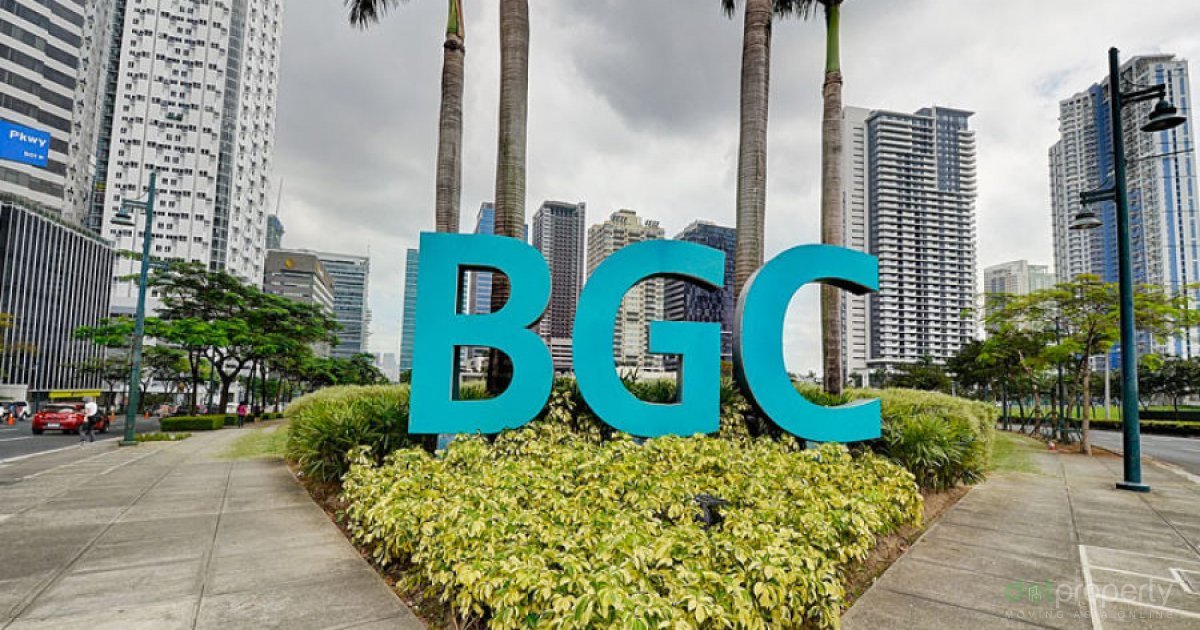If you live in or near Bonifacio Global City (BGC) in Taguig, odds are that you have never experienced the kind of flood that go as high as the waist or neck, which normally happens in western areas Marikina, Quezon City, and Rizal. There is a reason behind this: the brilliant drainage design in BGC.
First, some brief history: Bonifacio Global City, or Fort Bonifacio, is a premier business district developed in 2003 through a partnership by Ayala Land and Evergreen Holdings with Bases Conversion and Development Authority (BCDA). Previously called as Fort Mckinley after US President William McKinley, BGC was first an American military base acquired in 1902, serving as the primary hub of Philippine Scouts which is the Philippine Division of the US Army. Later in 1957, it became the permanent headquarters of the Philippine Army and was renamed as Fort Bonifacio in honor of Philippine hero Andres Bonifacio.
Now, the entire property is lined with shopping malls, hotels, modern offices, restaurants, parks, and condominiums, popular as a favorite hangout place that is accessible to another business district, Makati City, located on the other side of EDSA.
Being a modern development, the land was designed as early as 1997 with careful planning so people living inside and around BGC could live comfortably. Part of this is the inclusion of a multi-level catch basin that sits beneath what is currently the Burgos Circle.

Hence in BGC, it almost never floods. This includes the nearby barangays South Cembo and Pinagkaisahan.
The structure, which is called a detention tank, is composed of five stories that collect water during heavy rainfall or typhoons with a total capacity equivalent to 8 Olympic-sized swimming pools. When the rain stops or if it’s already safe to discharge the collected water, pumps are activated for the water to reach the Balasimpan Creek then towards the Pasig River, emptying the tank.

In an interview with ABS-CBN, Rogelio Singson, who is then-secretary of DPWH and part of the urban planners who conceptualized BGC, said that the entire detection tank project cost between P 60 million to 65 million with a completion period of 8 months. Plans for this catch basin to be replicated in our developments are being studied as early as 2012.
